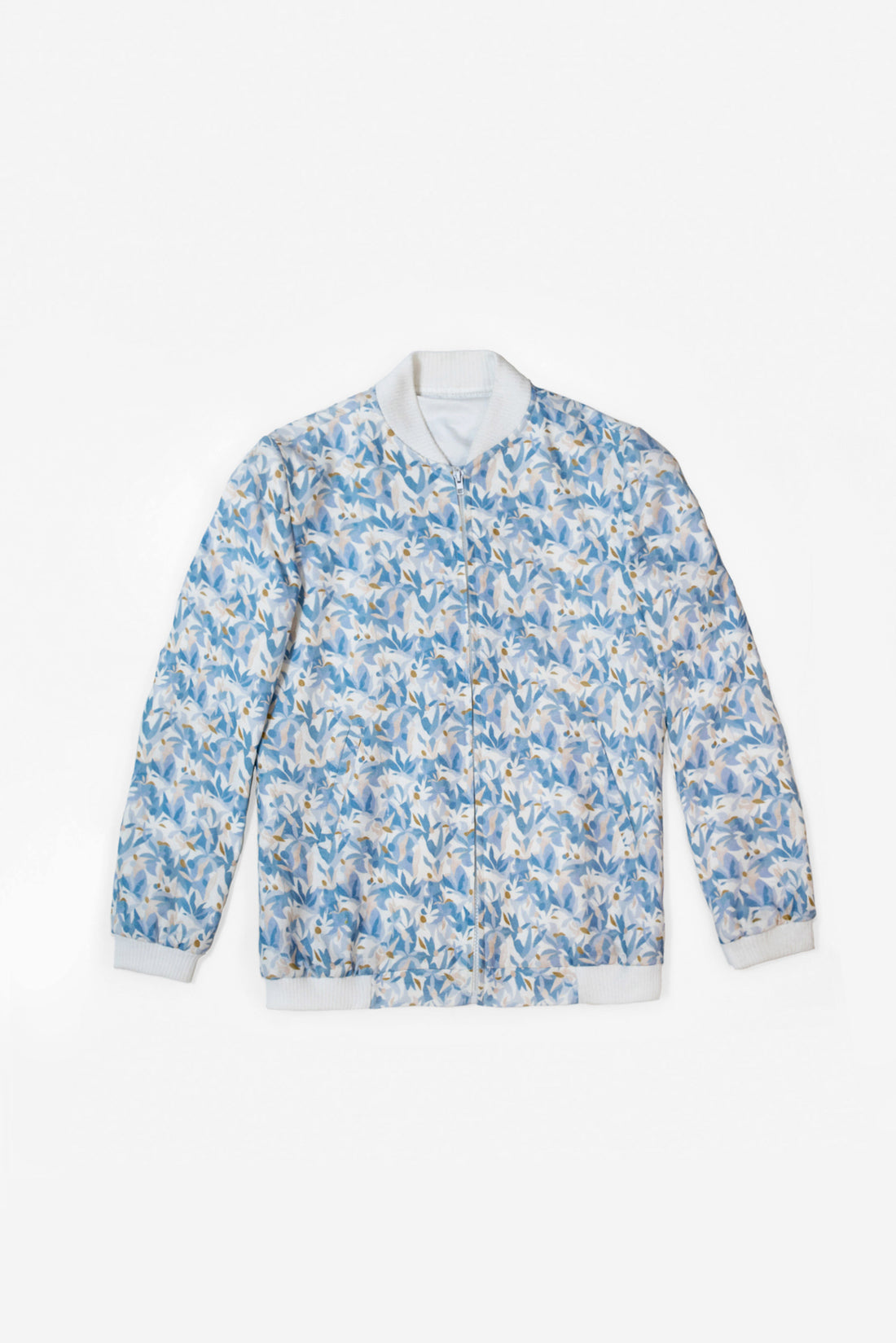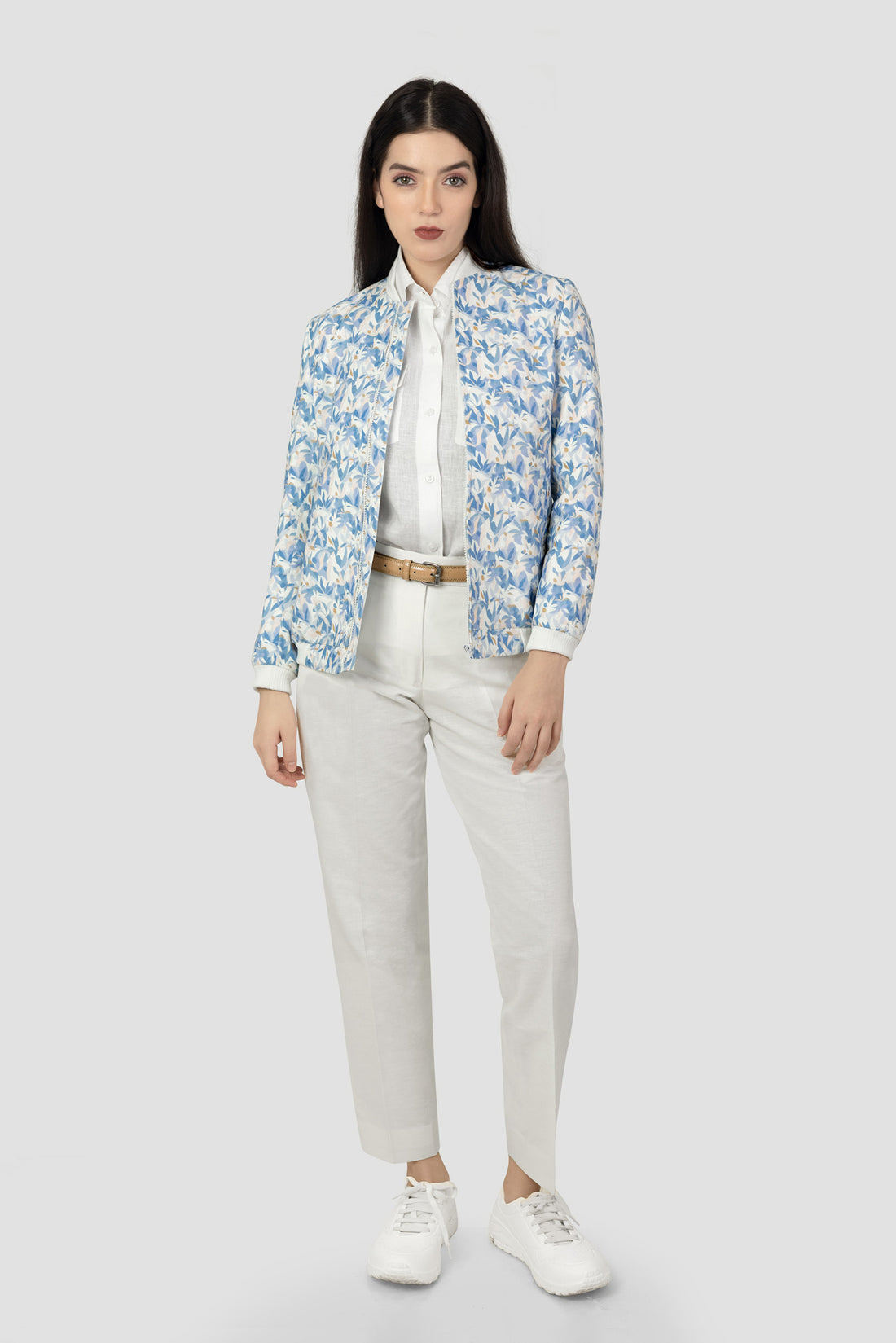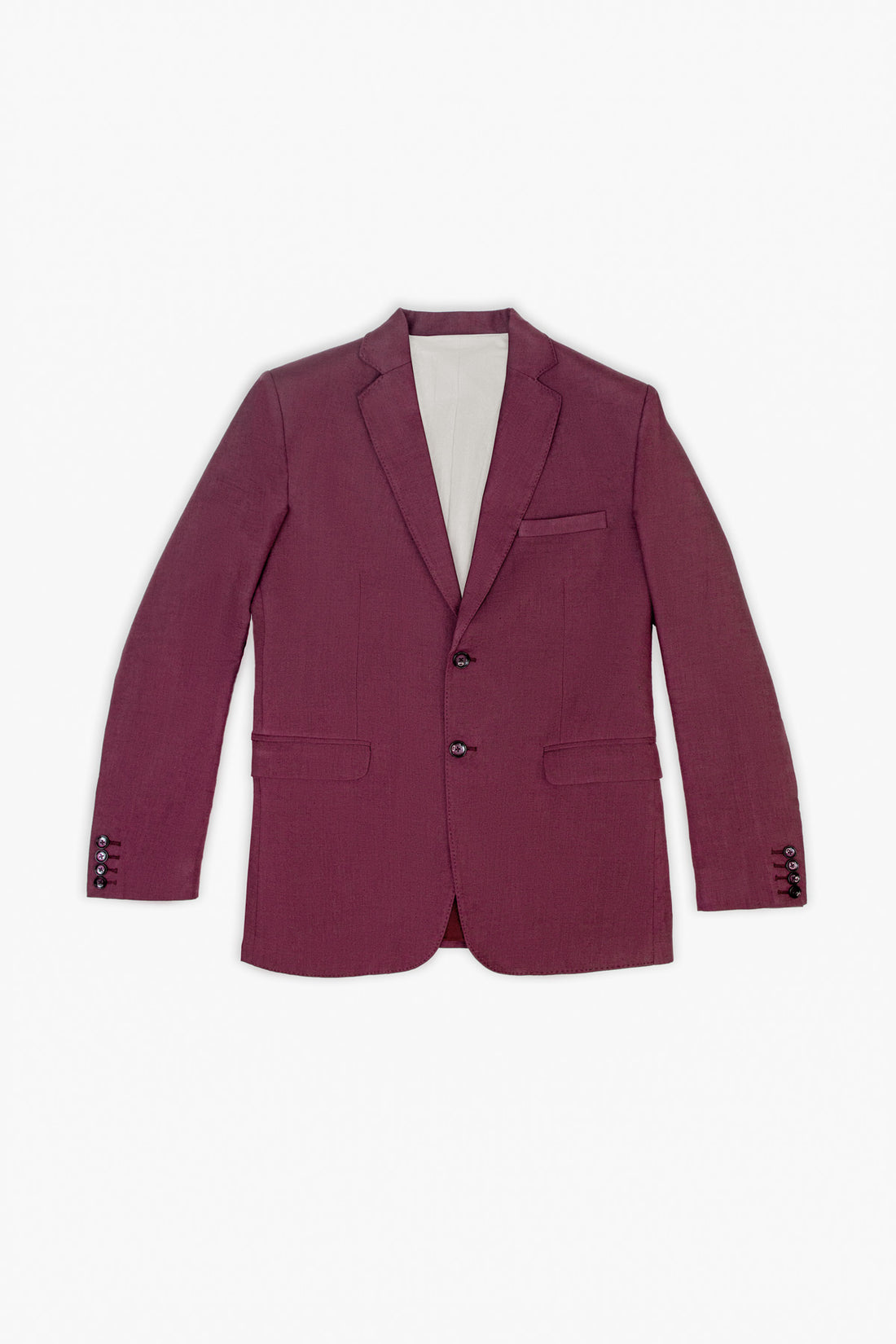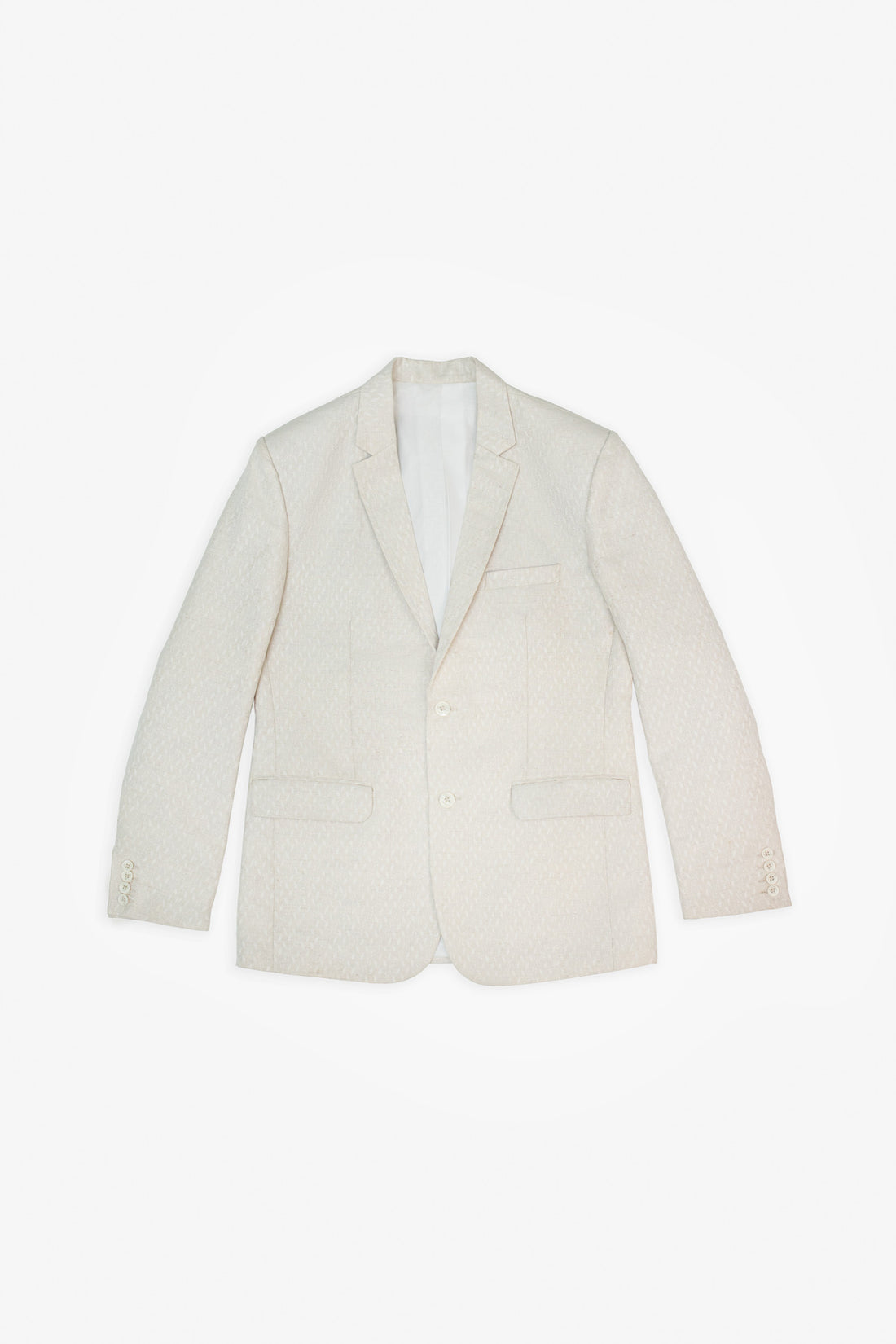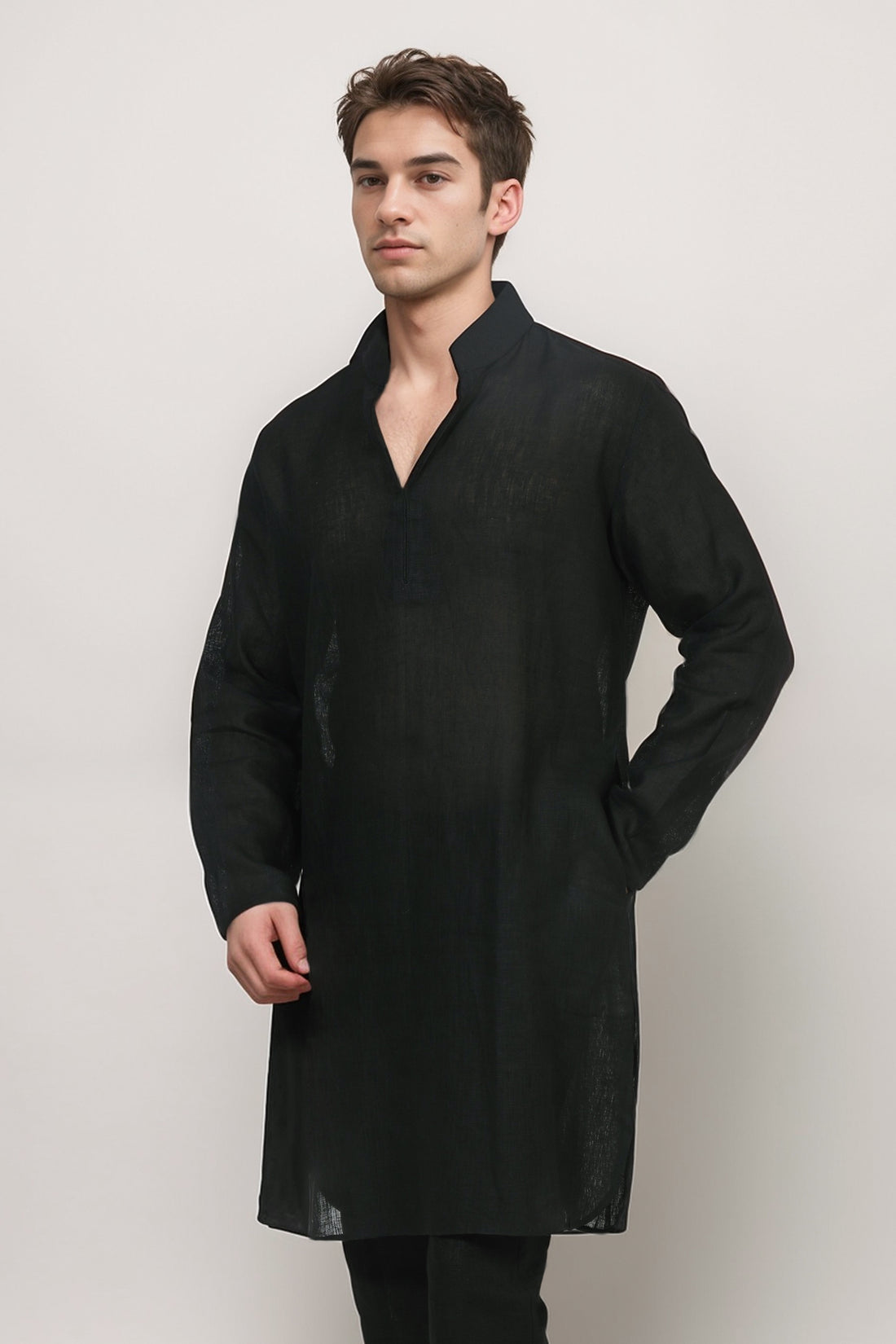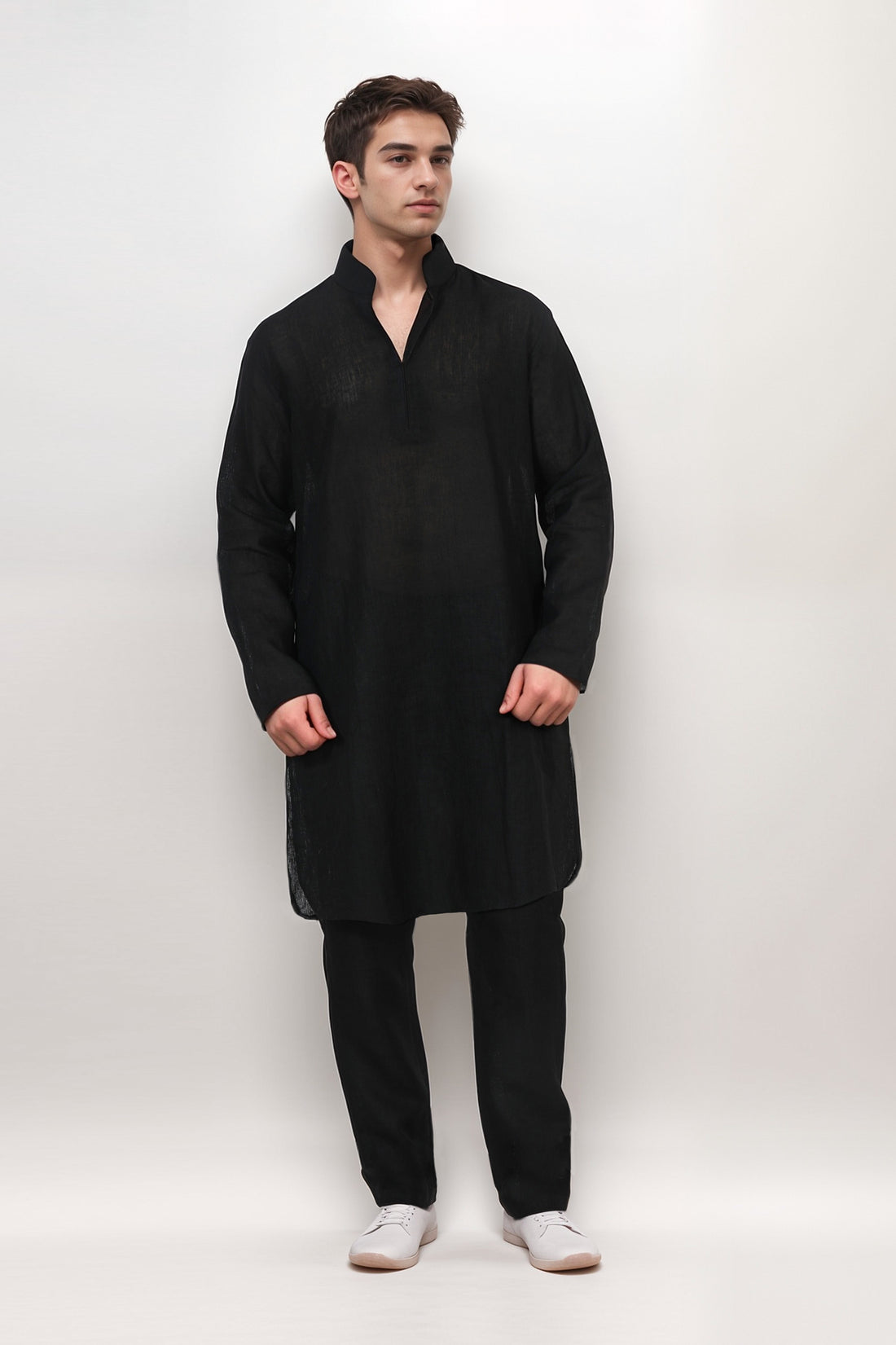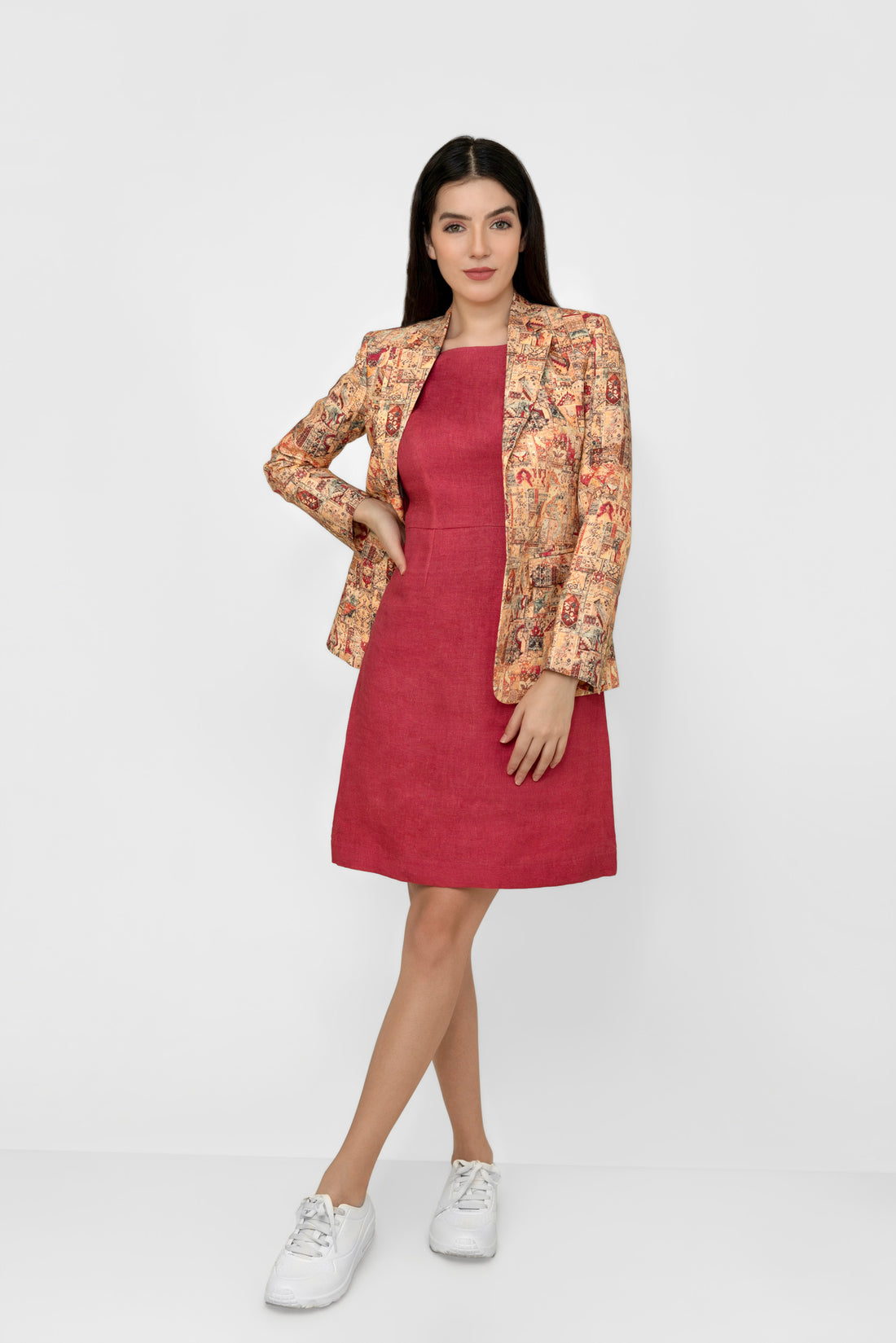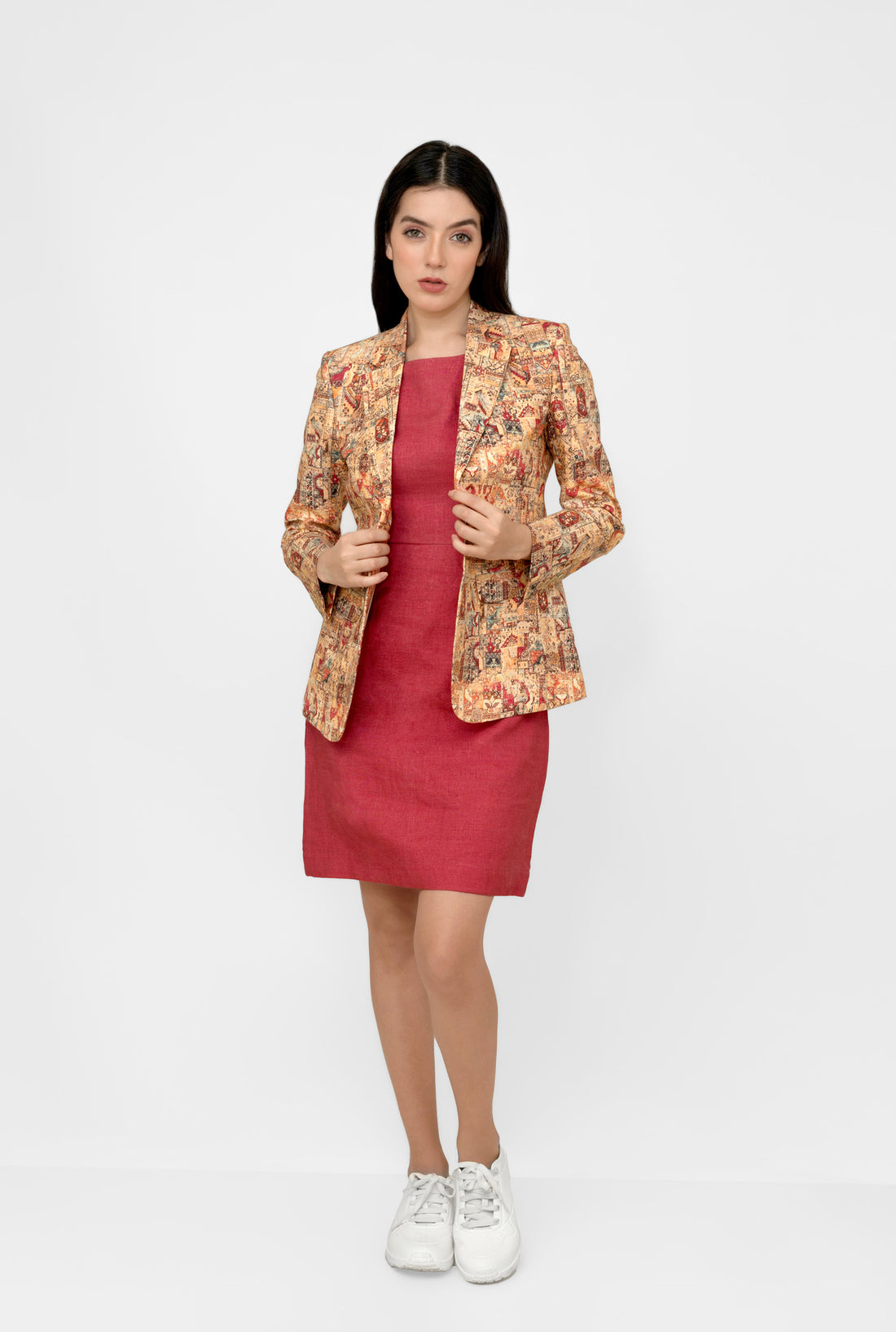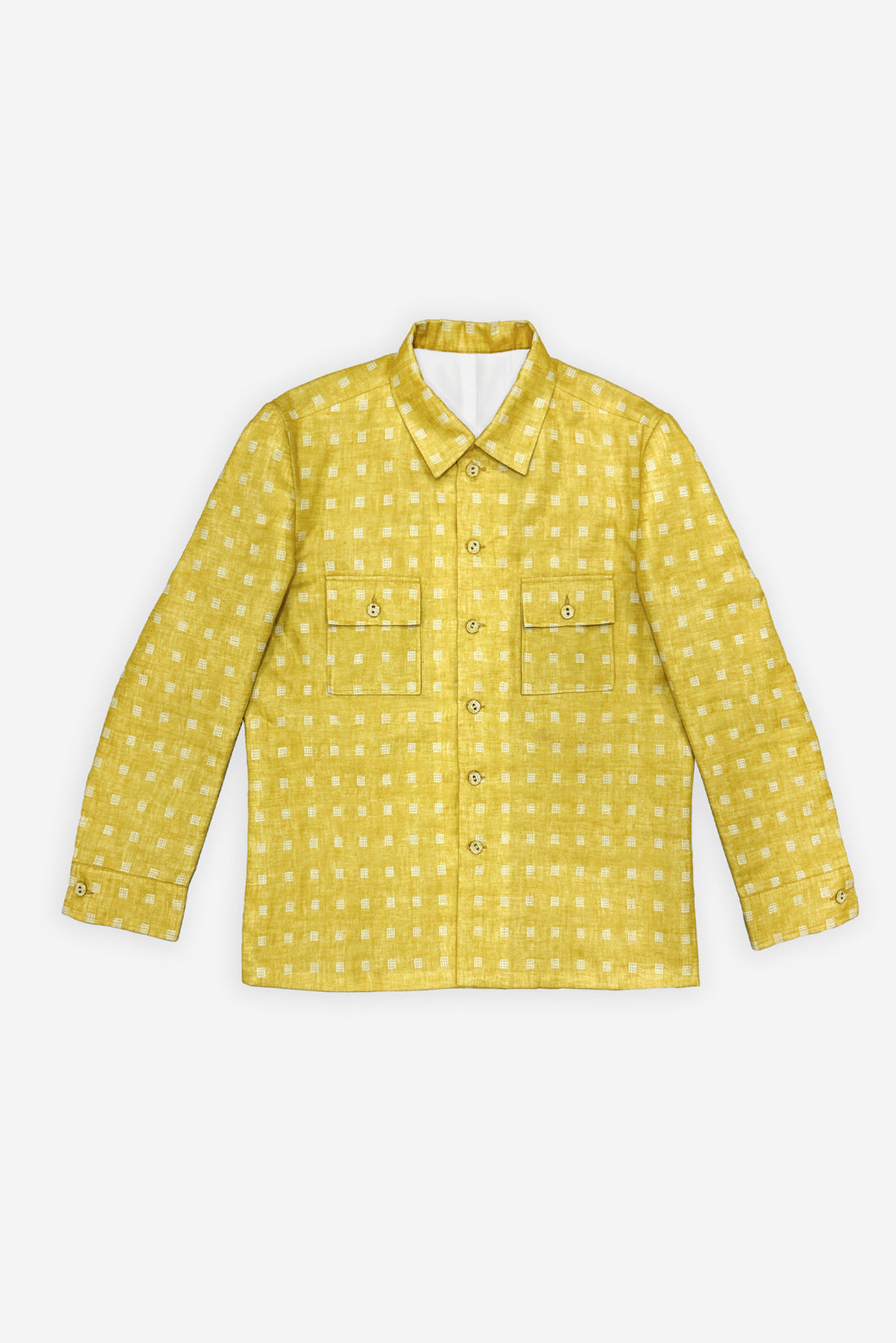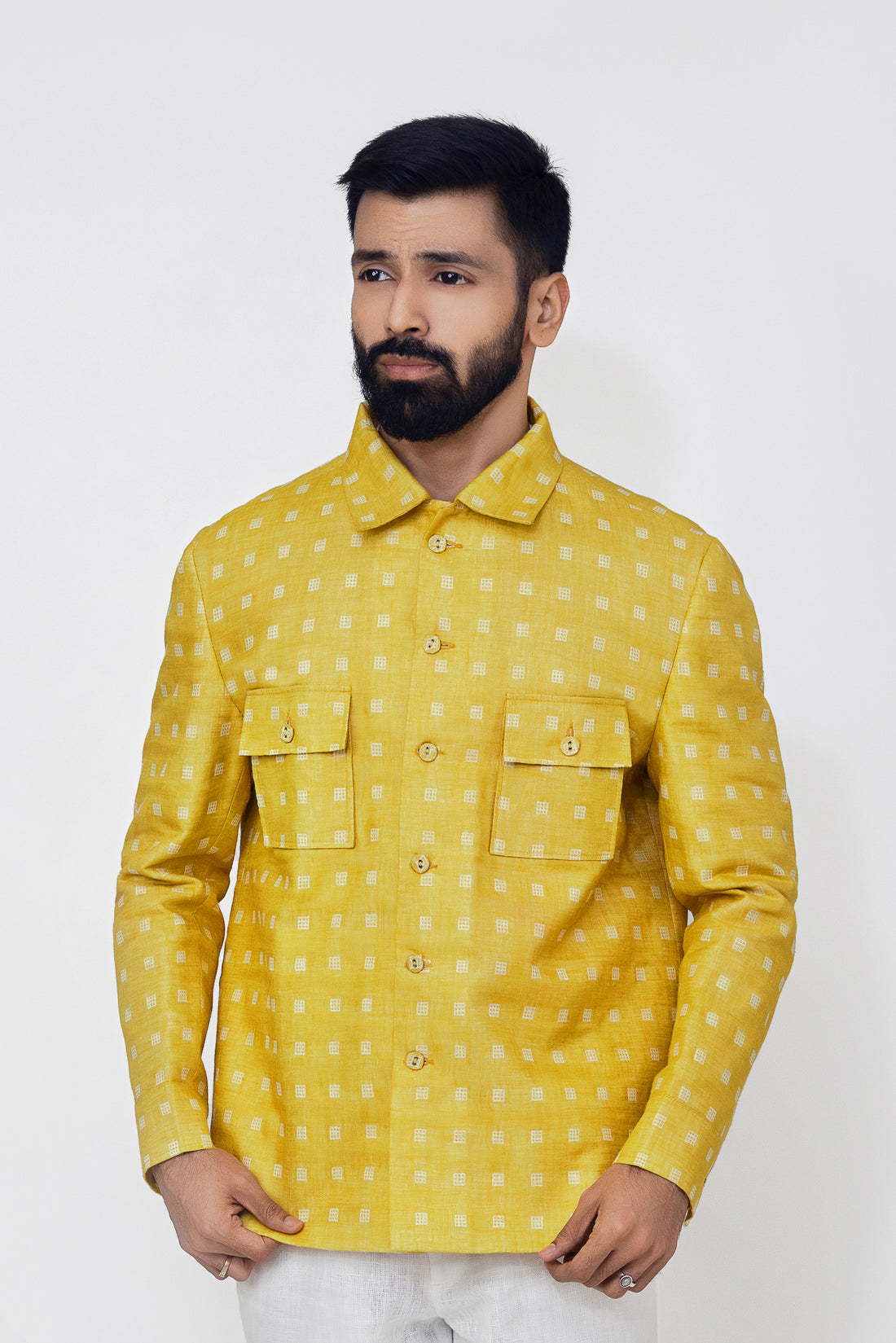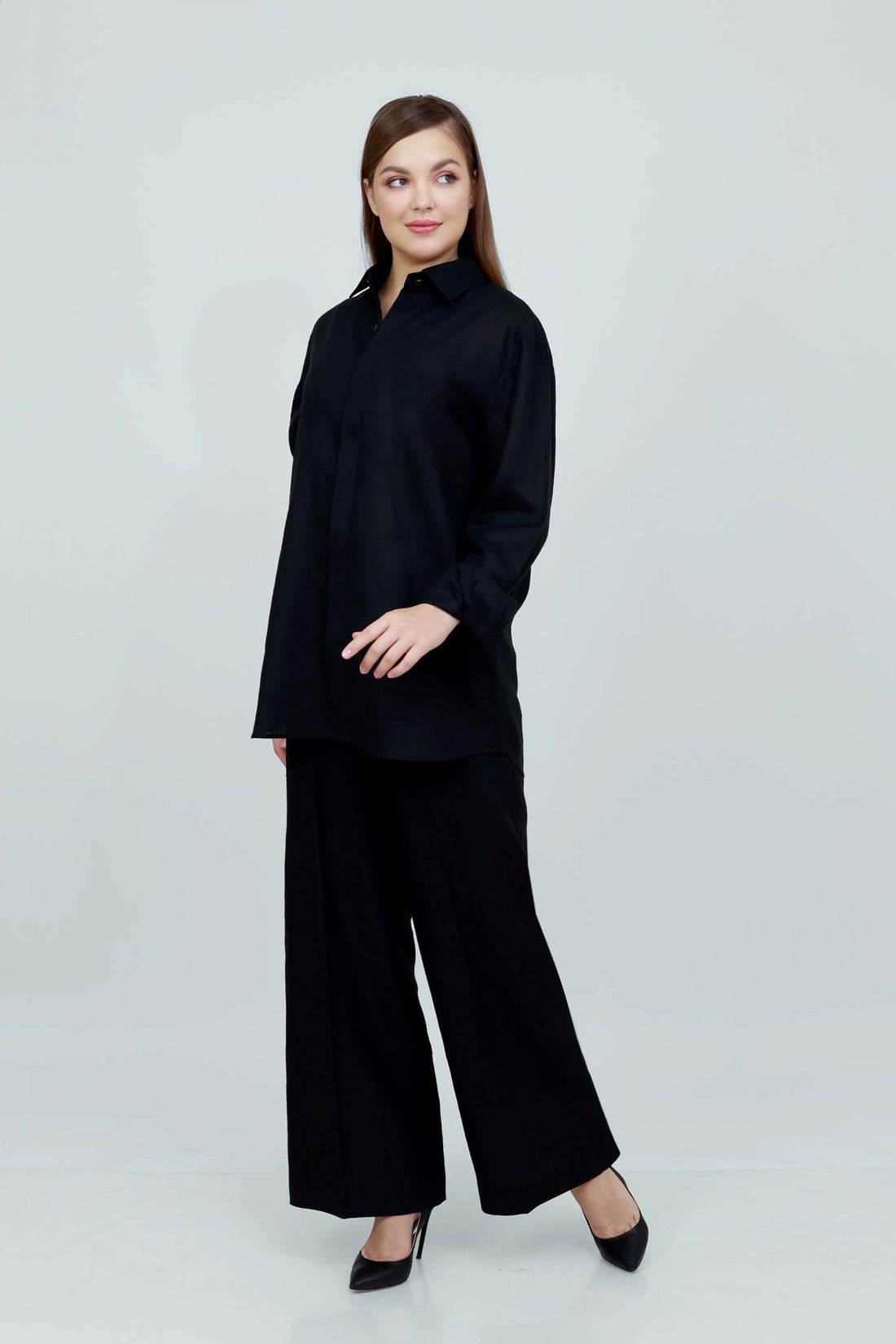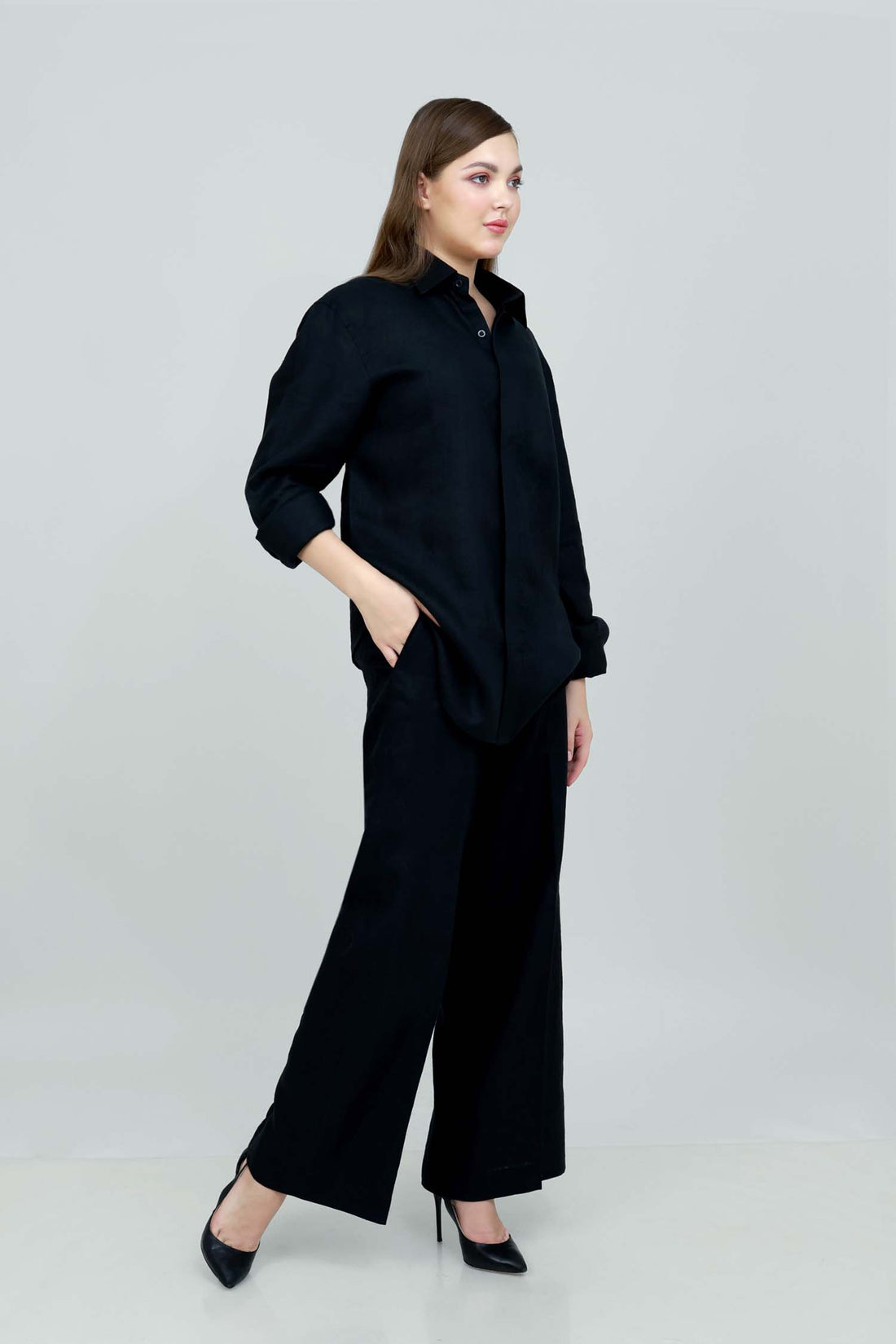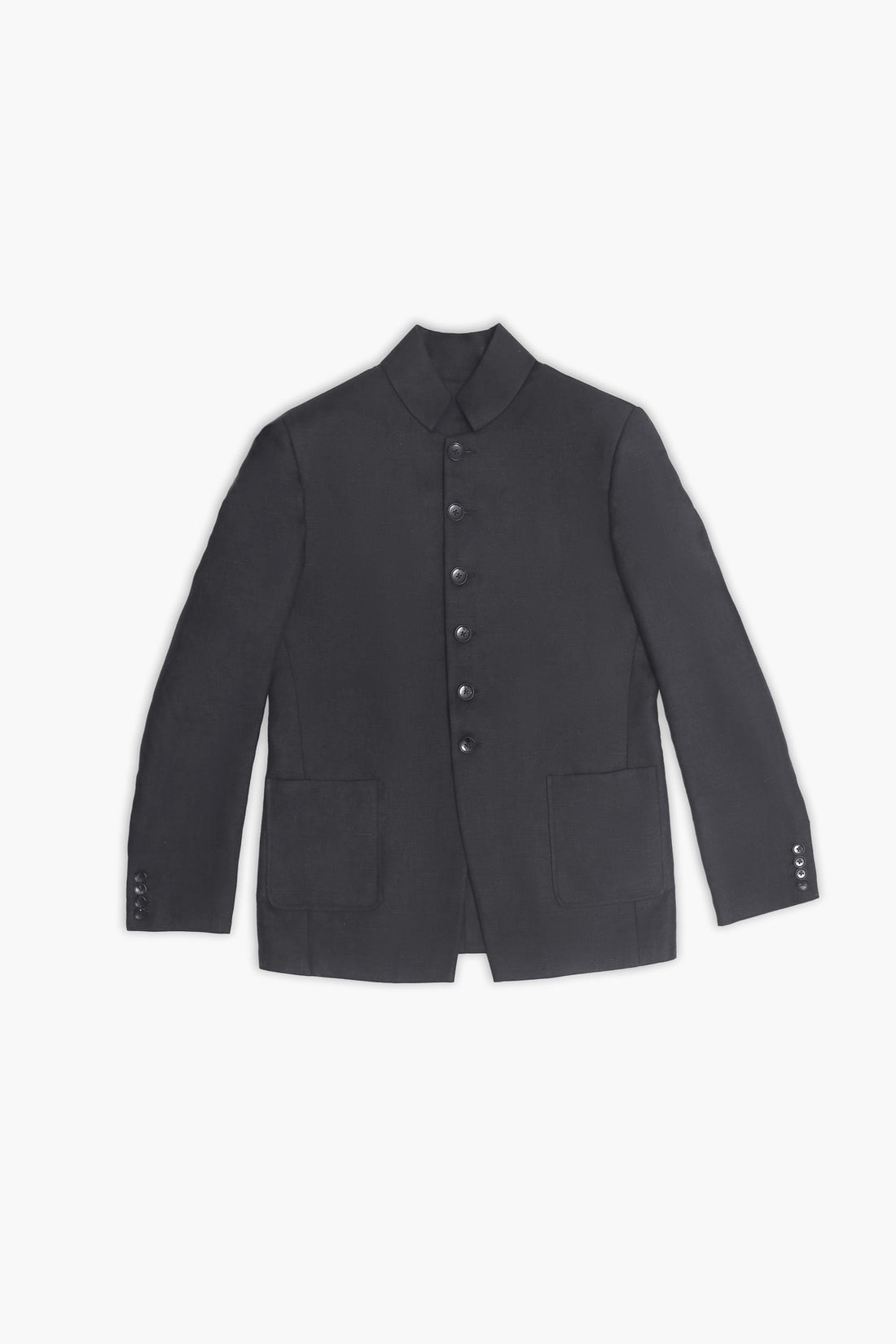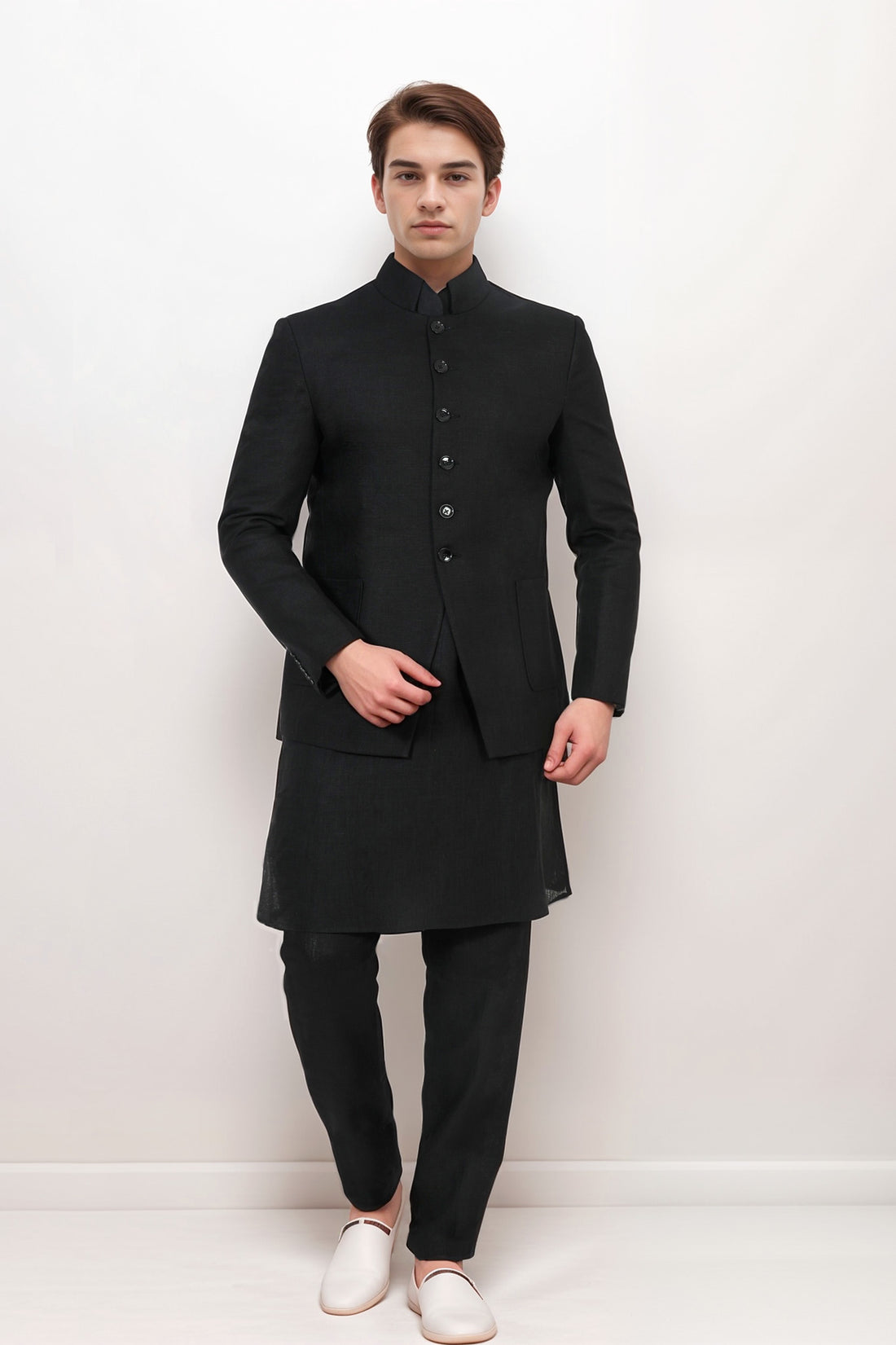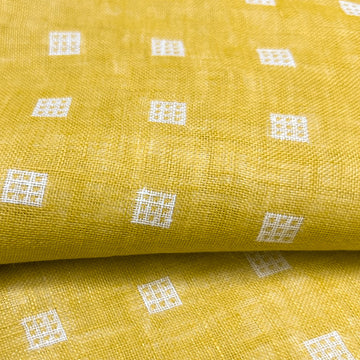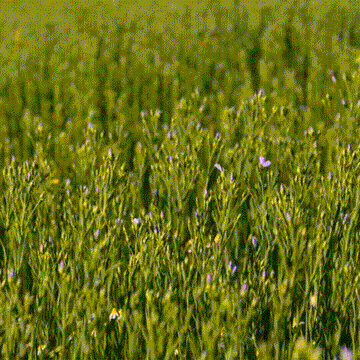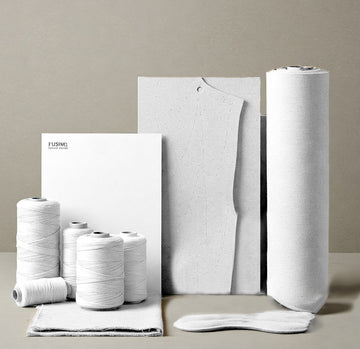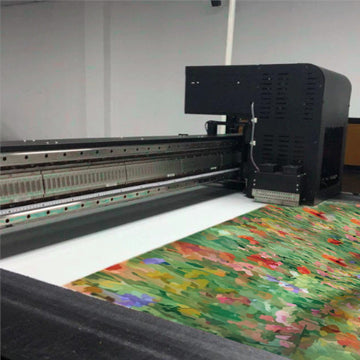Mate- Men's Linen Jacket
Tax included. Shipping is calculated at checkout.
7-day easy returns (Available only in Standard Sizes)
Materials
• Shell Fabric: Dual-layered 100% Linen
• Weave: Dual-layered check linen weaving is a challenging technique requiring talent and precision.
• Lining Fabric: Cotton satin
• Fully lined, means a Jacket with a fully lined interior, including the sleeves, shoulders, and torso. (OEKO-TEX certified cotton interlining)
• Buttons: Hand-made of the same fabric.
Design
• 6 Buttons Front open
• 2 patch pockets on the front
• Cut-away collar
Fit
• Straight Fit
• Customization: 15 sizes, XS-XL in Long and Regular length
Looks
• This model Mihir is 5'09'' tall and has 102cm (40") around the chest and 74 cm (29") around the waist and wears an M-Medium
• When in doubt consult our size guide or send an email to info@adamleaves.com
-
A dry wash is recommended.
-
Medium heat ironing.
Order Dispatch: All orders are processed and dispatched within 3-5 business days after confirmation.
Estimated Delivery Time:
• Within India: Orders are typically delivered within 3-5 business days.
• International: Delivery usually takes 5-7 business days.
Please note: Delivery timelines may vary slightly due to unforeseen circumstances such as weather conditions or public holidays.
Returns & Exchanges
We offer easy 7-day returns for products that are damaged or if you receive an incorrect item. If you receive the wrong size, we are happy to provide a free exchange or alteration. For more details, please refer to our return policy.
Shipping Charges
• For Indian shipments, a standard shipping charge of ₹300 per parcel applies. Orders above ₹10,000 qualify for free shipping.
• For international shipments, shipping charges will be calculated at checkout based on the destination country and the weight of your order.
Taxes & Duties
For Indian Customers: All product prices displayed include applicable taxes and duties. No additional tax will be charged at checkout.
For International Customers: International shipments are sent on a DDU (Delivery Duty Unpaid) basis. This means that product prices displayed do not include import duties, customs fees, or local sales taxes. As the recipient, you are responsible for paying these charges upon delivery in order to clear your order through customs.
• To initiate a return, please contact us at info@adamleaves.com with supporting evidence (such as photos) within 24 hours of receiving the product.



Testimonials
















